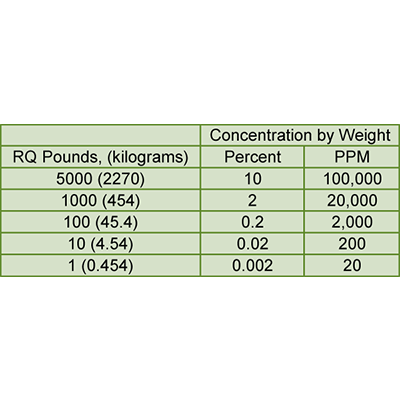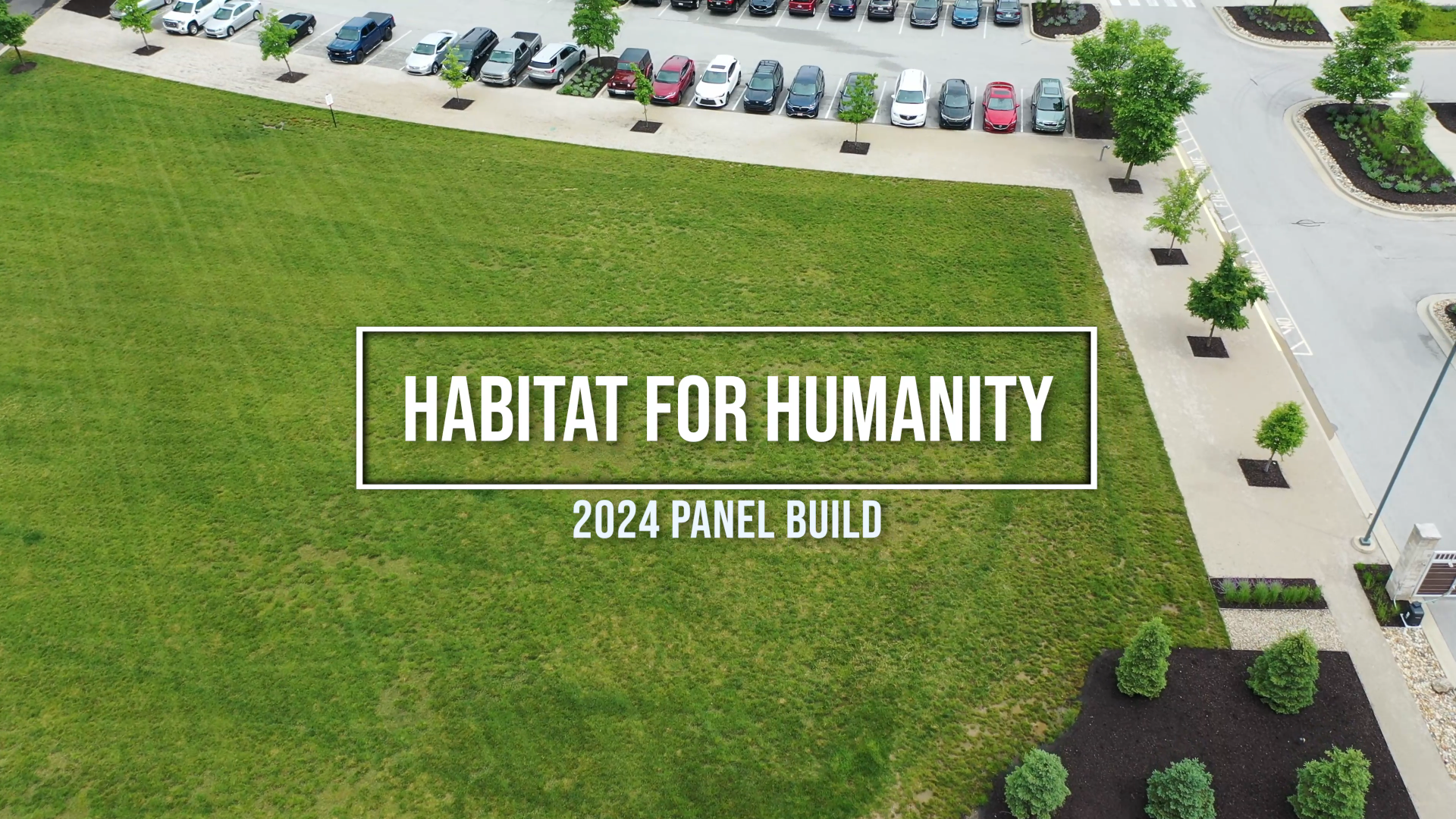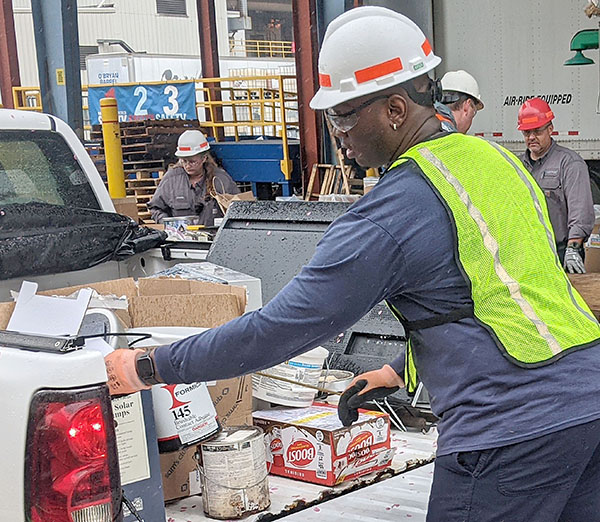
Another point we cover in our RCRA training seminars are the regulations set by The Department of Transportation in relation to the transportation of hazardous wastes. In creating and enforcing these regulations they have established a working vocabulary that helps describe the types of wastes being moved and the aspects of the wastes that make them dangerous. The top 11 terms are listed and defined below.
Hazardous Material – for transportation purposes, a hazardous material is a substance or material, including a hazardous substance, which has been determined by the Secretary of Transportation to be capable of posing an unreasonable risk to health, safety, and property when transported in commerce, and which has been so designated.
Hazardous Substance – for transportation purposes, a material, including its mixtures and solutions that:
- Is listed in the Appendix to the Hazardous Materials Table (HMT) at 49 CFR 172.101;
- Is in a quantity, in one package, which equals or exceeds the reportable quantity (RQ) listed in the Appendix to the HMT; and
- When in a mixture or solution, is in a concentration by weight which equals or exceeds the concentration corresponding to the RQ of the material, as shown in the following table:

This definition does not apply to petroleum products that are lubricants or fuels.
Hazardous Waste – for transportation purposes, any material that is subject to the Hazardous Waste Manifest Requirements of the U.S. EPA, as specified in 40 CFR Part 262.
Technical Name – a recognized chemical name currently used in scientific and technical handbooks, journals, and texts. Generic descriptions are authorized for use as technical names provided they readily identify the general chemical group. Examples of acceptable generic descriptions are organic phosphate compounds, petroleum aliphatic hydrocarbons, and tertiary amines. Except for names which appear in Subpart B of Part 172 of this subchapter, trade names may not be used as technical names.
RQ – for transportation purposes, the quantity of a hazardous substances listed as its Reportable Quantity in the Appendix to the HMT entitled “List of Hazardous Substances and Reportable Quantities”.
N.O.S. – Not otherwise specified.
Class Or Hazard Class – the category of hazard assigned to a hazardous material under the definitional criteria of 49 CFR Part 173 and the provisions of the HMT at §172.101. A material may meet the defining criteria for more than one hazard class but is assigned to only one hazard class. The nine (9) hazard classes, numbered 1-9, are defined at 49 CFR Part 173. The procedure for determining the classification of a material not specifically identified in the HMT which meets the definition of more than one hazard class is found at §173.2a.
Division – a subdivision of a hazard class.
Primary Hazard – the hazard class of a material as assigned in the HMT at §172.101.
Subsidiary Hazard – any hazard of a material other than the primary hazard.
Packaging Group – a grouping according to the degree of danger presented by hazardous materials. Packing Group I indicates great danger; Packing Group II, medium danger; Packing Group III, minor danger. See 172.101(f).
More News From Heritage
-
6/27/24
Heritage Environmental Services to Acquire EBV from General Dynamics
Heritage Environmental Servicess, an EQT Infrastructure portfolio company, will acquire EBV from General Dynamics
-
6/13/24
Meet The Facilities – East Liverpool
An inside look at our incineration facility located in East Liverpool, OH
-
5/24/24
Habitat for Humanity 2024
Heritage hosted our 14th annual Habitat for Humanity build this month, partnering with over 50 employees from various THG companies.
-
5/6/24
Date set for the household hazardous waste collection in East Liverpool, Ohio
-
3/12/24
Equal Pay Day – Spotlighting Our Female Drivers
-
3/8/24
International Women’s Week Spotlight – Shannon Dippel
For International Women's Week, we're spotlighting some of the incredible women in the Heritage family. Our final spotlight is Shannon Dippel.
-
3/8/24
International Women’s Week Spotlight – Susan Adams
For International Women's Week, we're spotlighting some of the incredible women in the Heritage family. Our sixth spotlight is Susan Adams.
-
3/7/24
International Women’s Week Spotlight – Lea Wilson
For International Women's Week, we're spotlighting some of the incredible women in the Heritage family. Our fifth spotlight is Lea Wilson








